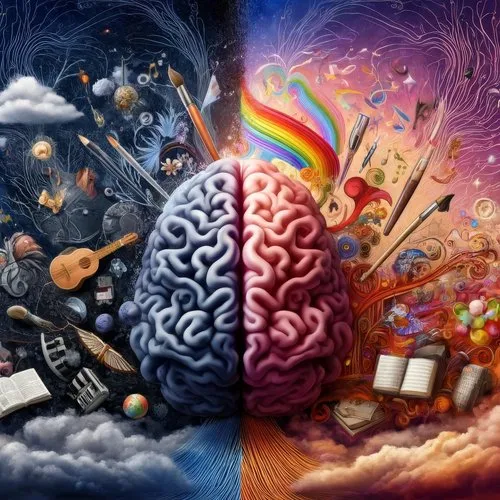Boredom can serve as a catalyst for creativity. When the mind is not occupied, it seeks stimulation, leading individuals to explore new ideas and activities. This mental state encourages problem-solving and imaginative thinking. For instance, children who experience boredom often engage in creative play, developing their imagination and self-esteem.
The Mental Health Risks Associated with Boredom
On the flip side, prolonged boredom can negatively impact mental health. It has been linked to feelings of restlessness, apathy, and even depression. Chronic boredom may lead individuals to engage in risky behaviors, such as substance abuse or reckless activities, as a means of escape.
Balancing Boredom: Strategies for Positive Engagement
To harness the benefits of boredom while mitigating its risks, consider the following strategies:
- Embrace Unstructured Time: Allow yourself periods without planned activities to encourage creative thinking and self-reflection.
- Limit Digital Distractions: Instead of turning to screens during idle moments, engage in activities that stimulate your mind, such as reading, drawing, or physical exercise.
- Practice Mindfulness: Use moments of boredom to practice mindfulness or meditation, enhancing your comfort with stillness and improving mental well-being.
- Set Personal Goals: Channel the energy from boredom into setting and pursuing personal goals or learning new skills, leading to personal growth and fulfillment.
By understanding and embracing the dual nature of boredom, we can transform idle moments into opportunities for creativity and personal development, while remaining vigilant against its potential negative impacts.
#Boredom #Creativity #MentalHealth #SelfReflection #DigitalDetox #PersonalDevelopment




+ There are no comments
Add yours